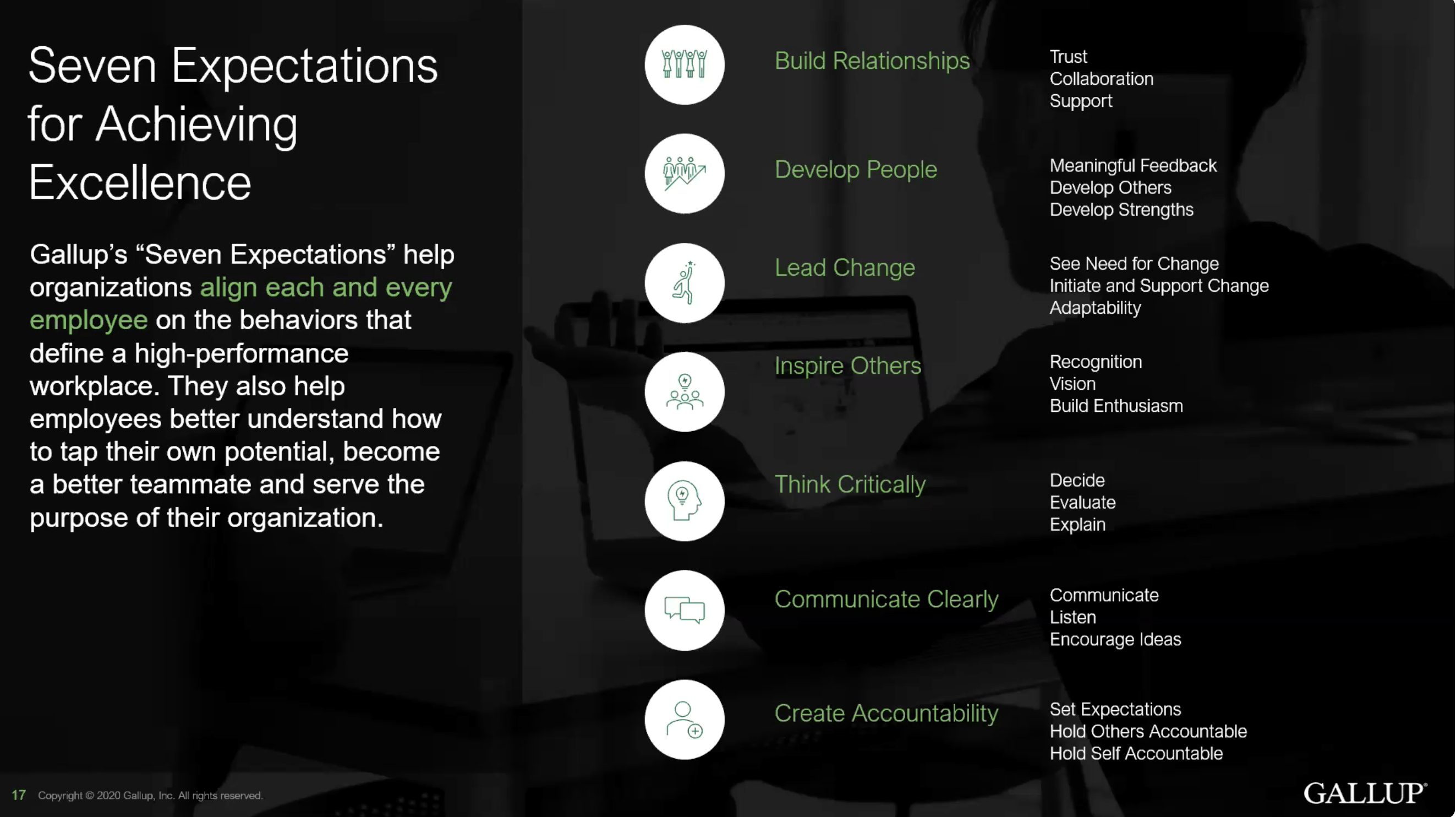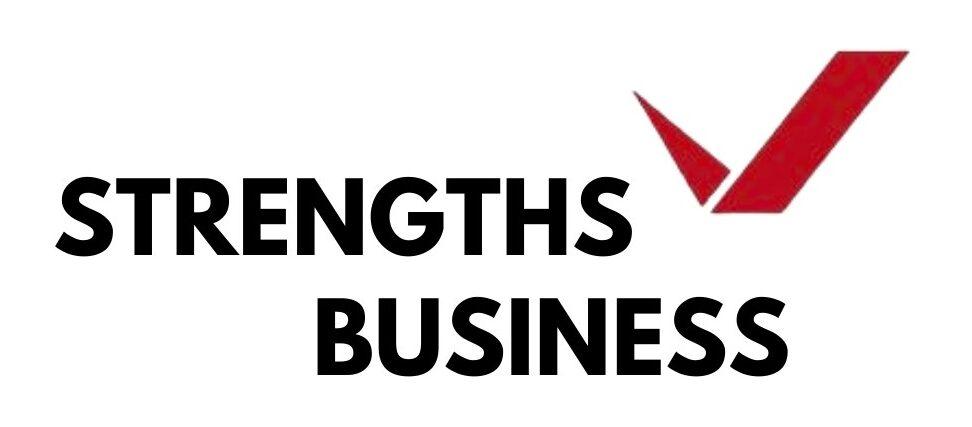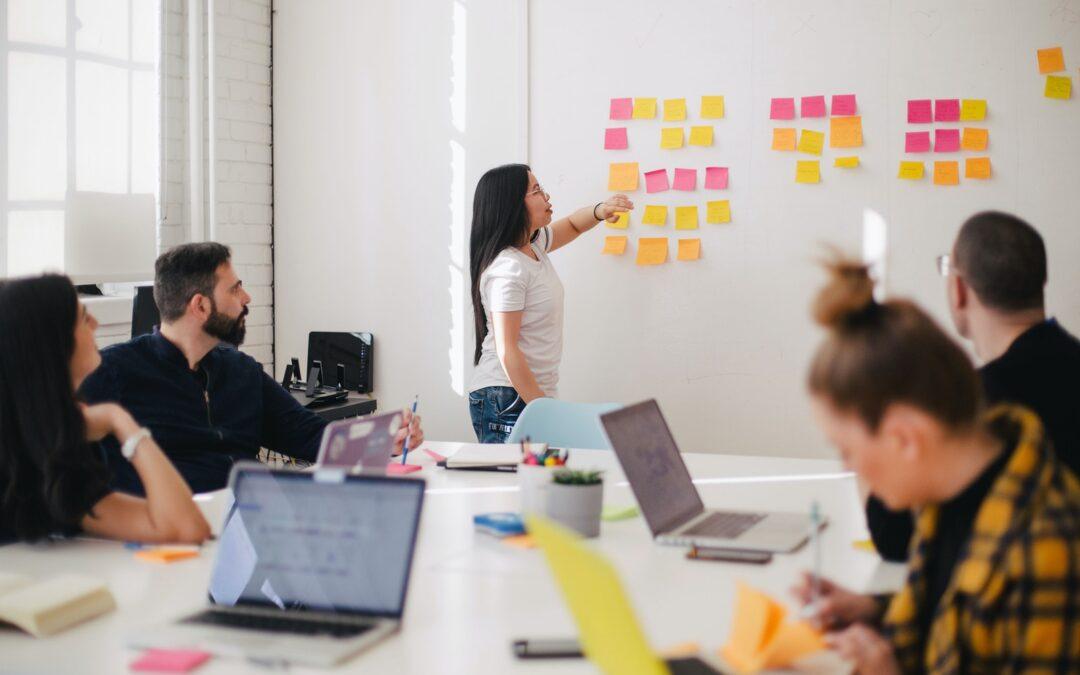未來領導:成功經理人核心能力
在疫情期間,領導能力比以往更顯得重要。對於組織而言,這是一個
鍛煉具領導才能的團隊經理人,以減少企業被意外事件以及不斷的環境變化
的法規和限制,造成營運管理的風險。
從蓋洛普的研究分享中,您將獲得:
- 如何定義領導人的期待
- 如何使用個人優勢成為稱職領導者
- 如何投資發展合適的管理人選
- 如何創造個人領導力發展計畫
7個領導核心期待能力
- 建立關係。與他人聯繫以建立信任,管理情商,分享想法並完成工作。
- 培養人才。通過優勢發展,明確的期待值,鼓勵和指導幫助不同世代的工作人提高
效率。 - 引領變革。意識到改變至關重要,在VUCA世代為改變設定目標,並進行有針對性
的努力,以適應工作願景。 - 激勵夥伴。通過願景,自信心,挑戰和認可來激勵他人。
- 創新思維。尋找相關資訊,嚴格評估信息,
應用策略知識並解決問題。 - 溝通清晰。傾聽的能力,溝通分享目標,簡明扼要地共享信息,不帶
偏見、無歧視的觀點。 - 當責能力。讓自己和其他人對能對表現負責。
在企業360度的評估當中,以上7個能力表現排名75%
無論在工作場所中您扮演什麼樣的角色,
全球目前已經超過2500萬人進行了蓋洛普 CliftonStrengths 克利夫頓優勢測評。通過 CliftonStrengths 評估,您可以了解自己的天賦,指的是可以有效應用、
- 清晰的目標與溝通計劃
- 了解7個成功經理人核心能力期待
- 根據7個經理人核心能力來追踪表現(如360度評估)
- 使用優勢來展現領導人核心能力
- 持續性地使用優勢
- 根據7個期待值來持續追踪表現(如360評估測試)

3. 投資合適的人選
如果選才的時候找到適合的人選,把對的人放在對的位置上,
雇用不當本身就是很高的成本。其中來自於要重新僱用與培養人才的
投資使用優勢發展策略來強化經理人的核心能力,將直接提高客戶忠
成為蓋洛普認證全球優勢教練
Become Gallup Certified Global Strengths Coach

Building Exceptional Leadership for the Future
Leadership is more important than ever during a crisis. Right now, it is a mission-critical moment for organizations, a time to build strength at the top of the house that will ensure short-term stability and long-term success. For example, empowered individual leaders throughout an organization can find solutions to your most pressing challenges. Shoring up a bench of leadership talent reduces your risk of being caught out by events and changing regulations and restrictions. To become a successful manager or future leader, you need to know how to:
- Learn the Leadership Expectations as a manager
- Utilize Strengths for Developing Leaders
- Invest in the Right Fit
- Create your Leadership Development Strategy
1. Leadership Expectations as a success manager
Gallup’s Philosophy
It is important to link Competencies and Strengths to drive Performance. The process involves Define Expectations, Apply Strengths and then Aim Performance. To accelerate the process, companies need to find the right fit for the job first.
1. Build Relationships. Establish connections with others to build trust, share ideas and accomplish work.
2. Develop People. Help others become more effective through strengths development, clear expectations, encouragement and coaching.
3. Lead Change. Recognize that change is essential, set goals for change and lead purposeful efforts to adapt work that aligns with the stated vision.
4. Inspire Others. Inspire others through vision, confidence, challenge and recognition.
5. Think Critically. Seek information, critically evaluate information, apply knowledge and solve problems.
6. Communicate Clearly. Listen, share information concisely and with purpose, and be open to opinions.
7. Create Accountability. Hold self and others responsible for performance.
Leaders who score in the 75th percentile of the 360 assessment are twice as likely to be a top performer than those with average scores. Gallup’s “Seven Expectations” help organizations align each and every employee on the behaviors that define a high-performance workplace. They also help employees better understand how to tap their potential, become a better teammate and serve the purpose of their organization. Regardless of the role in workplace, each expectation is generalizable.
2. Utilizing Strengths for Developing Leaders
CliftonStrengths Assessment
More than 30 Million people have taken the CliftonStrengths assessment. Through the CliftonStrengths assessment, you can learn about your natural talents. Talent refers to a naturally recurring pattern of thought, feeling or behavior that can be productively applied. Strengths refers to the ability to deliver consistent, near-perfect performance in a specific task.
When you learn about your talents, it is more about working towards the talent and develop it into strengths to achieve performance.
Matching 5 Strengths to Expectation
Align top 5 strengths to one of the 7 Expectations such as to build relationship. Gallup will advise you on how to apply strength to meet expectation, what to look-out for and how to further develop the strengths.
Leader Learning Journey
1. Strong Communication plan
2. Understanding of the key expectations
3. Measuring performance on key expectations (360 Evaluation Test)
4. Individualised journey of action areas using strengths
5. Ongoing application in job role
6. Measuring performance on key expectations (360 Evaluation Test)
3. Invest in the Right Fit
Having a right fit for the role
It will increase speed, productivity & precision, Longevity & Attendance. Organizations that hire the top 20% of candidates benefits from 10% higher productivity, 10% lower turnover, 20% higher sales, 25% fewer unscheduled absences and 30% higher profitability.
The wrong hire can be costly. Not only do you have to spend money to hire and train a replacement, but employing that bad hire means you missed out on the potential performance of a star.
Investing in a strategy to hire and engage employees who have high talent pays off, boosting customer engagement, revenue and profitability.
4. Creating your Leadership Development Strategy
Leadership Development Strategy
It involves building a strong foundation and having ongoing development.
Build a Strong Foundation
1. Start with Fit to Role
2. Develop Strengths
3. Aim Performance by matching expectations and strengths (360 Evaluation Result)
Ongoing Development
There are two types of ongoing development.
1. Match the expectations to Individual Development Plans (IDPs) to Assess Development and then realign IDPs based on feedback.
2. Match the expectations to Workshops, Coaching & E-learning to Individual Development Plans (IDPs) to Assess Development and then realign IDPs based on feedback.

聯繫我們
企業優勢教練培訓活成為蓋洛普認證全球優勢教練

